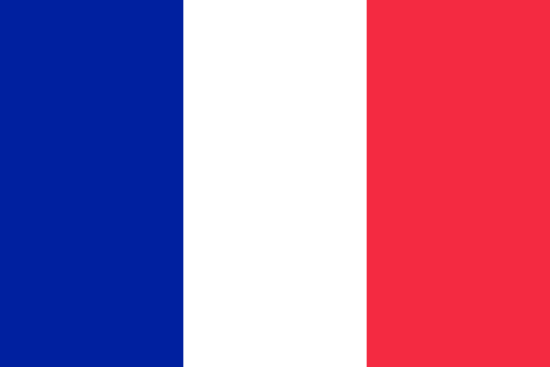"Dijon, ville de gastronomie et d'art | Dijon, city of gastronomy and art"
About:
Dijon, a city in eastern France, was founded during the Roman era. It served as the capital of the Duchy of Burgundy in the Middle Ages, becoming a center of art, learning, and science. The city was annexed by France in 1477. During the 18th and 19th centuries, Dijon developed as an industrial hub. In World War II, it was heavily bombed. Post-war, it grew into a modern administrative and economic center, known for its mustard, wine, and historical architecture. Today, it remains a significant cultural and touristic destination.
When to visit:
Dijon, located in the Burgundy region of France, is a charming destination that can be enjoyed throughout the year. However, the best time to visit would be during the spring or fall seasons. During these times, the weather is pleasant, and the city is less crowded with tourists compared to the peak summer months. Additionally, spring and fall offer the opportunity to witness the beautiful blooming flowers in the city's parks and gardens, as well as enjoy the changing colors of the surrounding vineyards. Ultimately, the choice of when to visit Dijon depends on personal preferences, but spring and fall provide a delightful experience for holidaymakers.
When to avoid:
The worst time to travel to Dijon, France on a holiday would typically be during the peak tourist season, which falls between July and August. During these months, Dijon experiences its highest influx of visitors, resulting in crowded attractions, long queues, and higher prices for accommodations. Additionally, the summer months can bring hot and humid weather, making outdoor sightseeing less comfortable. To avoid the crowds and inflated prices, travelers may consider visiting Dijon during the shoulder seasons of spring (April to June) and autumn (September to October) when the weather is milder and the city is less crowded.
Winter (Dec-Feb)
In Dijon, winter (December to February) is the coldest portion of the year. Temperatures range from -1°C to 6°C. It's relatively dry, with monthly rainfall averaging 40-50mm. The city experiences little sunlight, with an average of 2 hours per day, and high cloud cover. Snowfall is occasional but not heavy. An average day for a visitor includes chilly mornings, overcast skies, and short daylight hours. Indoor activities like visiting museums or wine tasting are popular. Dress warmly, as the wind can make it feel colder.
Summer (June-August)
In Dijon, France, the warmest part of the year is from June to August, with July being the warmest month. During this period, the average high temperature is around 26°C (79°F), while the average low is approximately 15°C (59°F).
Rainfall during these months is relatively low, with July being the driest month of the year, averaging about 50mm of precipitation. However, sudden and brief summer storms can occur, so it's always wise to have an umbrella on hand.
The sunlight during this period is abundant, with an average of 8 to 9 hours of sunshine per day. The days are long, with daylight lasting up to 16 hours in mid-summer.
The humidity is relatively moderate, typically around 60-70%, which makes the heat more bearable. Cloudiness is variable, with some days being clear and others having some cloud cover.
A typical day for a visitor in Dijon during the warmest part of the year would feel warm and pleasant, with plenty of sunshine for sightseeing. The mornings and evenings are cooler, perfect for leisurely strolls. Afternoons can be hot, but the moderate humidity keeps it from feeling oppressive. The occasional summer rain might interrupt outdoor activities, but they usually don't last long. Overall, the summer in Dijon offers a comfortable and enjoyable climate for visitors.
Language:
In Dijon, the most commonly spoken language is French, as it is located in the eastern part of France. The city is in the Burgundy region, which is a predominantly French-speaking area. However, due to tourism and international students, English is also frequently heard. Other languages spoken include German, Spanish, and Italian, primarily due to the city's proximity to these countries and its diverse population.




